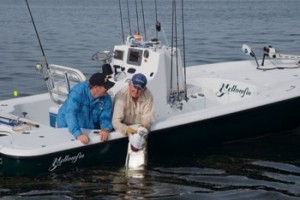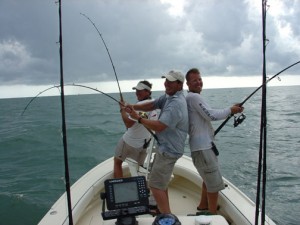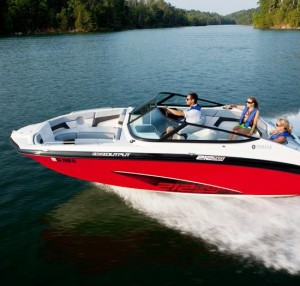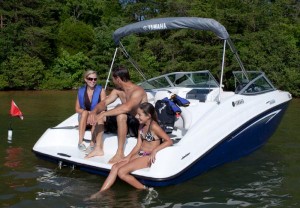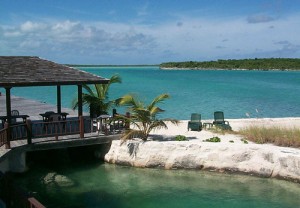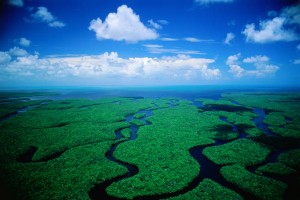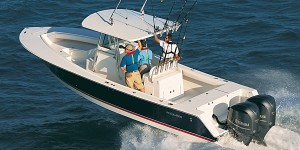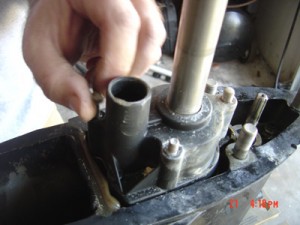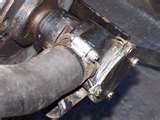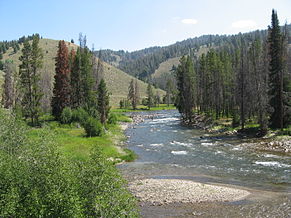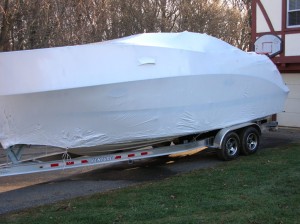Castaic Lake
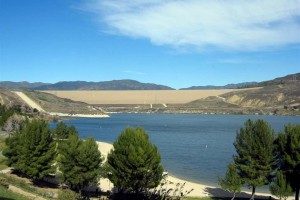 Is there anything tastier than a fried up recently caught largemouth bass? Fortunately for me, I live just a few hours drive from Castaic Lake, California. The pristine lake is known for its excellent largemouth bass population.
Is there anything tastier than a fried up recently caught largemouth bass? Fortunately for me, I live just a few hours drive from Castaic Lake, California. The pristine lake is known for its excellent largemouth bass population.
I’m sure that all you readers are thinking ‘I know a much better lake for largemouth bass,’ but since it’s my blog, I’m going with Castaic Lake. Plus, I chose Castaic Lake based on the fact that no other lake in the country has boasted as many 20-plus pounders caught. I plan on taking my family down to the lake this spring; they can go swimming while I take the boat out, properly outfitted with Yamalube 2M oil, and try to catch a beauty.


